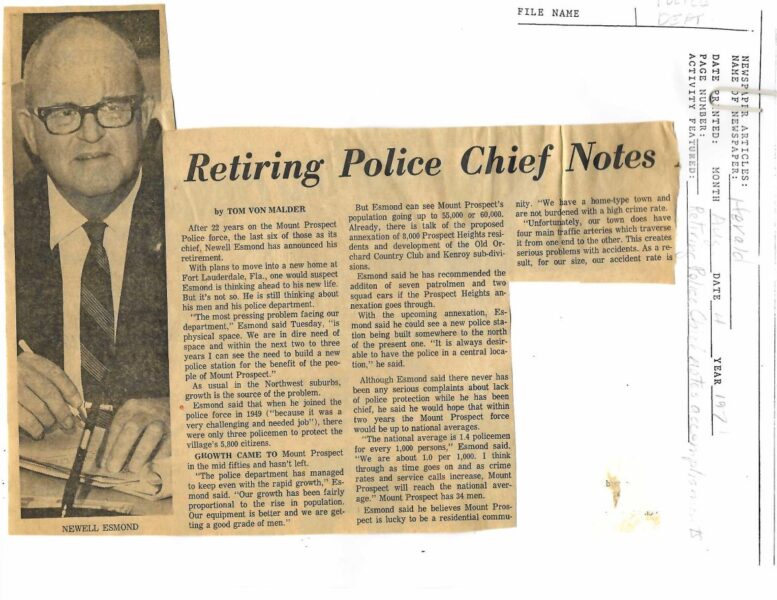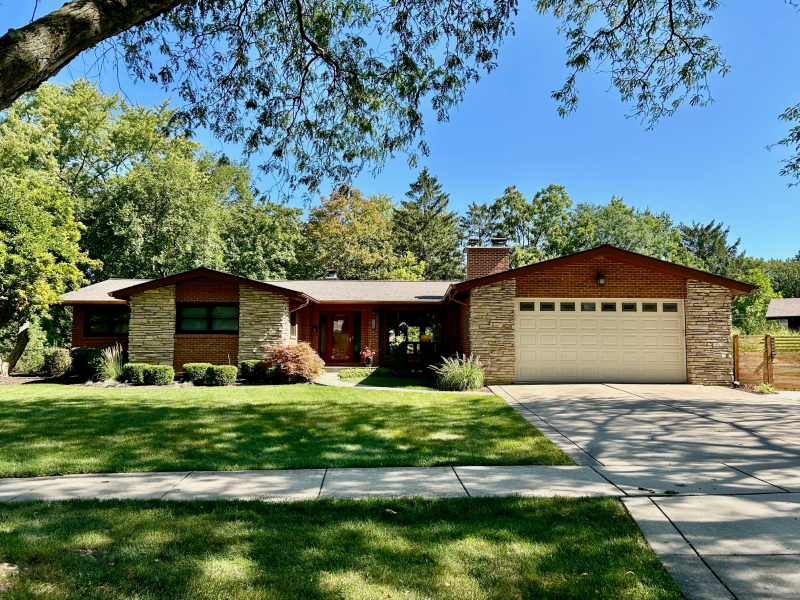
Tickets go on sale November 1 for the Mount Prospect Historical Society’s 37th annual Holiday Housewalk which will highlight the neighborhoods around Weller Creek, east of Route 83. The walk will be held from 3:30 to 9 p.m., Friday, Dec. 5.
The interiors of six private homes, built between 1954 and 1989, will be featured on the tour this year.
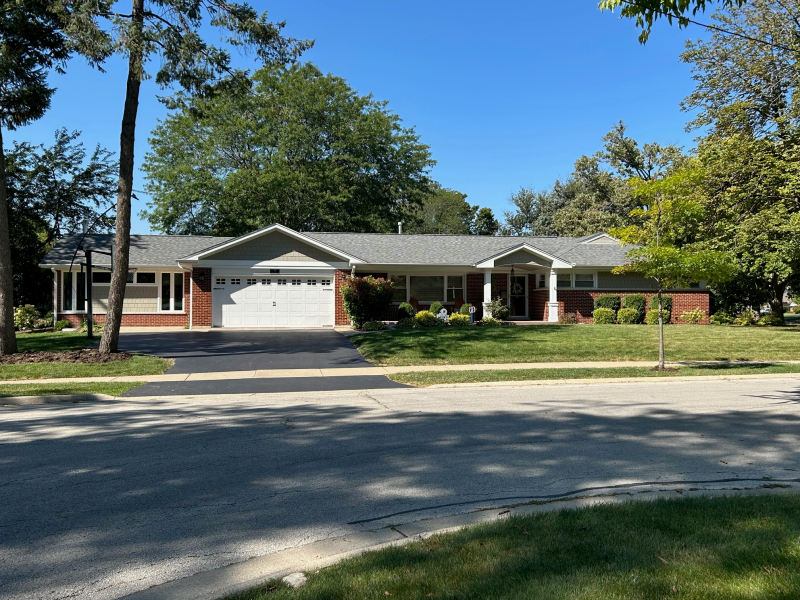
The homes which will have their interiors featured this year are: 310 E. Hiawatha Trail, owned by Brian and Devon Wojciechowski; 311 E. Berkshire Lane, owned by Bill and Anne Barrett; 400 E. Berkshire Lane, owned by Tom and Stacy Dubinski; 700 S. Emerson St., owned by Jason and Lisa Royal; 1 W. Orchard Place, owned by Mark and Katie Szarmek; and 3 W. Orchard Place, owned by Keith and Amy Saddler.
All of the homes will be exciting to tour in their own ways, whether because of the lovely decorating, Mid-Century Modern touches or renovation work that has been done, according to JP Karlov, Housewalk co-chairperson.
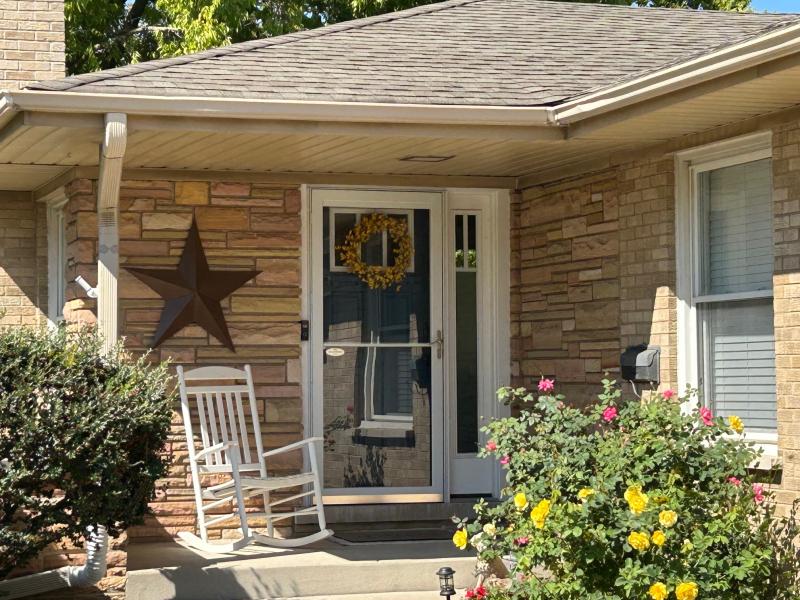
The tour will begin in a tent at the corner of Lonnquist Boulevard and Main Street where last minute tickets will be sold; refreshments will be offered; and watercolors of the featured houses will be displayed. Museum store items and tickets for a raffle will also be sold there. The “will call” table for tour tickets ordered online will also be located in the tent.
As usual, this walking tour will be accented by beautifully lit luminaria. Parking will be available along neighborhood streets.
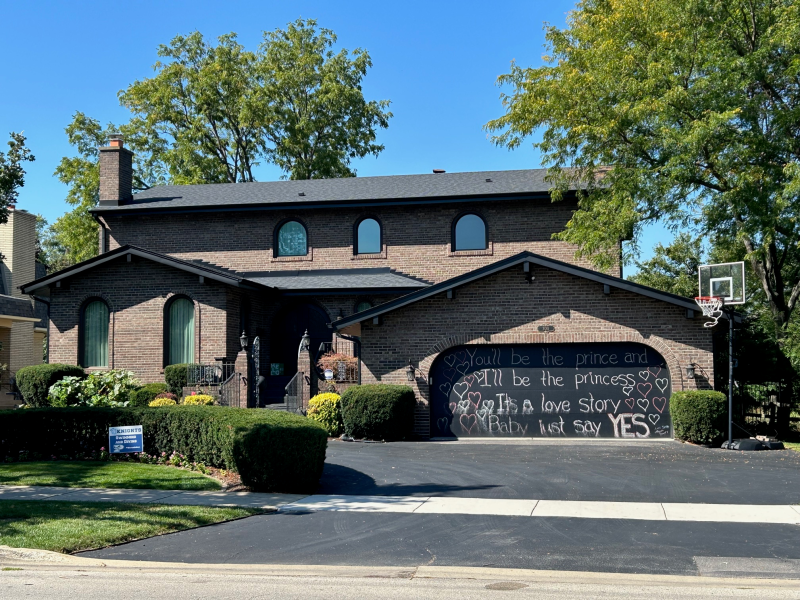
Commentary in the homes will be provided by volunteers from local organizations, businesses, schools and the community. Homeowners will provide the decorations.
Non-refundable tickets will be sold for $30 each through Dec. 4 at the Mount Prospect Village Hall, 50 S. Emerson St.; River Trails’ Weiss Center, 1500 E. Euclid Ave.; the Central Community Center, 1000 W. Central Rd.; Millie’s Hallmark, 1024 S. Elmhurst Rd.; and the Dietrich Friedrichs House museum, 101 S. Maple St.
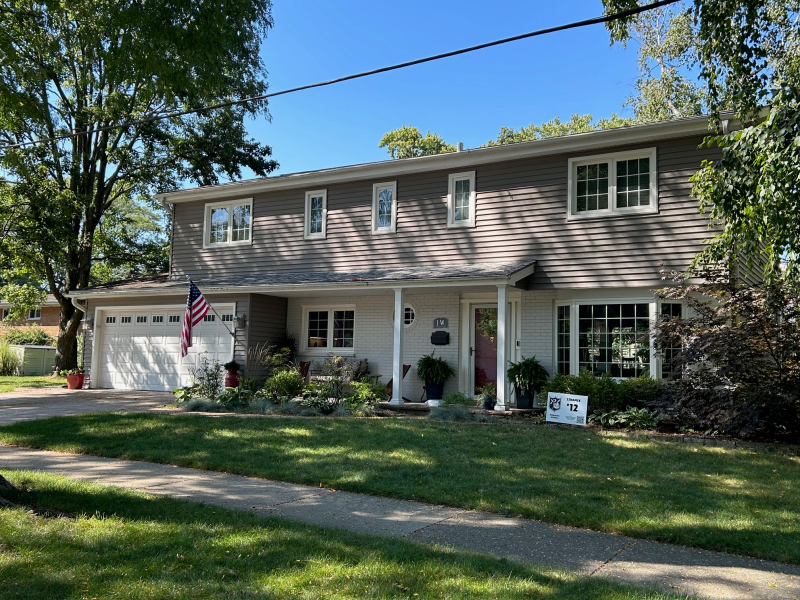
Tickets are also available online. Those tickets can be picked up at a “will call” desk located at the tent headquarters during the walk.
Last-minute decision-makers may also purchase tickets on the day of the walk, beginning at 3 p.m. at the headquarters tent, but the cost will be $35 per person at that time.
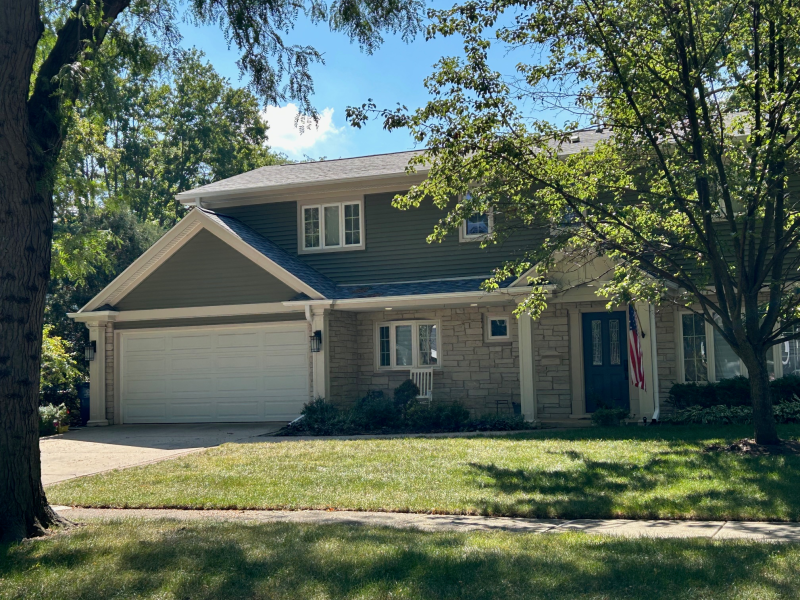
“The Housewalk is the Society’s largest fund-raiser of the year,” Karlov explained. “Its proceeds support the many educational endeavors of the Society and help to pay for upkeep on our museum. We urge the public to support our effort to preserve local history through enjoying the Housewalk and our other activities throughout the year.”
This year’s Walk is sponsored by Hearth & Home, Busse Automotive, Novak and Parker appliances, the Mt. Prospect Park District and Mrs. P & Me.
